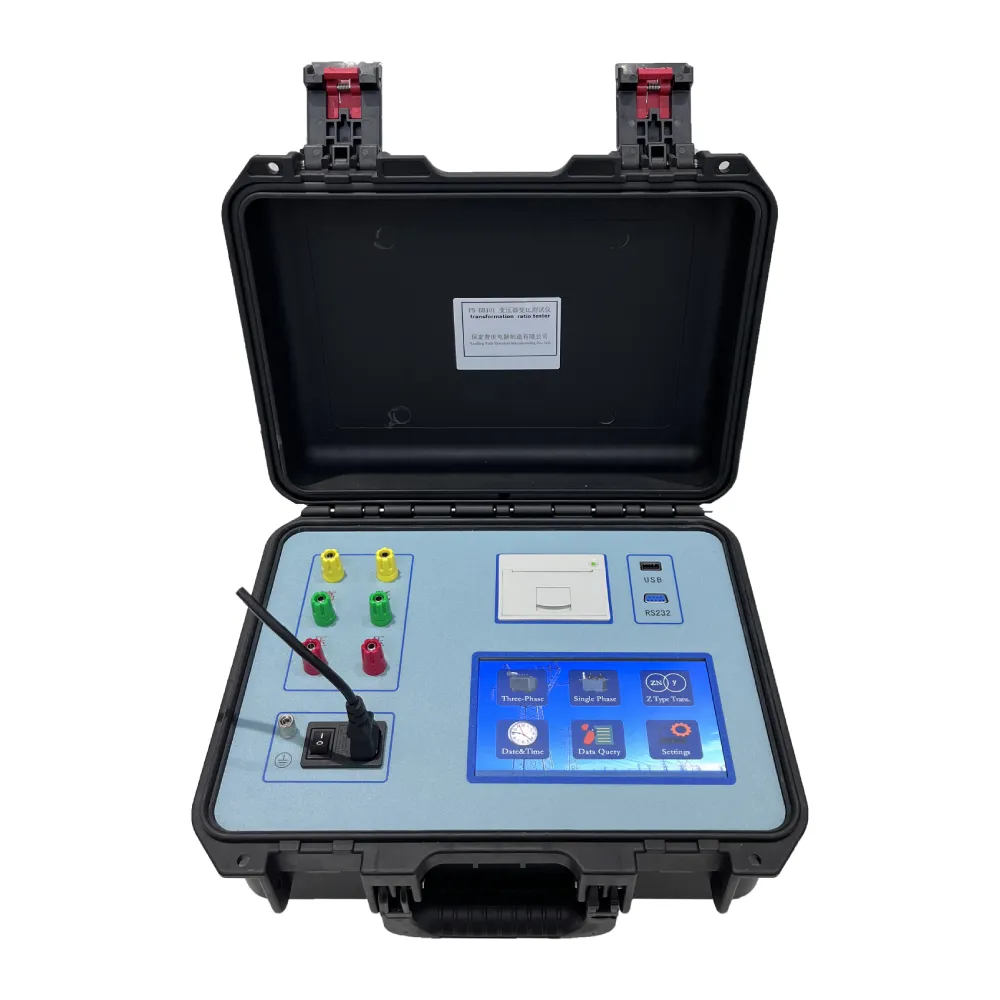 English
English


gas chromatography and mass spectrometry
The Application of Gas Chromatography and Mass Spectrometry in Modern Analytical Chemistry
Gas chromatography (GC) coupled with mass spectrometry (MS) is a powerful analytical technique widely employed in various fields such as environmental monitoring, pharmaceuticals, food safety, and forensic science. This combination enhances the ability to identify and quantify complex mixtures of chemical compounds with high sensitivity and accuracy.
At its core, gas chromatography is a separation technique that utilizes the differences in volatility and affinity of compounds to a stationary phase. The sample is vaporized and injected into a chromatographic column, typically packed with a solid or liquid stationary phase. As the sample travels through the column, components of the mixture interact differently with the stationary phase, resulting in separation based on their retention times. Lighter and more volatile compounds will elute faster, while heavier and less volatile compounds will take longer to pass through. The result is that after a certain period, different compounds exit the column at different times, allowing for separation.
The Application of Gas Chromatography and Mass Spectrometry in Modern Analytical Chemistry
One of the remarkable strengths of combining GC with MS is its ability to detect trace levels of compounds in complex matrices. This capability is especially crucial in environmental analysis, where pollutants may be present in very low concentrations among a myriad of other substances. For instance, in air quality monitoring, trace levels of volatile organic compounds (VOCs) can be effectively analyzed, contributing to efforts geared towards understanding and mitigating pollution in urban areas.
gas chromatography and mass spectrometry

In the pharmaceutical industry, the GC-MS technique is indispensable for drug testing and quality control. It allows for rapid identification of active pharmaceutical ingredients, detection of impurities, and even the analysis of metabolites in biological samples. This level of scrutiny is vital, not only for ensuring compliance with regulatory standards but also for maintaining patient safety and efficacy of therapeutic interventions.
Food safety and quality control are also significantly enhanced by GC-MS. The technique can detect pesticide residues, food additives, and contaminants in food products, ensuring that they are safe for consumption. By identifying hazardous compounds, regulatory agencies can impose necessary restrictions, thus protecting public health.
Forensic scientists rely on GC-MS to analyze evidence from crime scenes, such as bodily fluids, drugs, and toxic substances. This reliable method aids in the identification of substances that may be critical in investigations, ultimately playing a key role in the justice system.
In conclusion, gas chromatography coupled with mass spectrometry is a cornerstone of modern analytical chemistry. Its applications span multiple domains, addressing critical issues from environmental protection to public health and safety. As technology advances, the integration of these methodologies continues to improve, allowing for even more precise and comprehensive analyses. As such, GC-MS stands as a testament to the innovation and progress in chemical analysis, driving various fields forward into new frontiers of understanding and capability.
-
Differences between open cup flash point tester and closed cup flash point testerNewsOct.31,2024
-
The Reliable Load Tap ChangerNewsOct.23,2024
-
The Essential Guide to Hipot TestersNewsOct.23,2024
-
The Digital Insulation TesterNewsOct.23,2024
-
The Best Earth Loop Impedance Tester for SaleNewsOct.23,2024
-
Tan Delta Tester--The Essential Tool for Electrical Insulation TestingNewsOct.23,2024





